#oumar
Explore tagged Tumblr posts
Text
Realistic expectations for Indiana's 2024 transfers: Roles for Myles Rice, Oumar Ballo, Luke Goode, others
Indiana basketball went 19-14 and ended the 2023-24 season ranked No. 91 on KenPom, its worst finish since 2010 when the program was still recovering from NCAA sanctions. The consternation after a lost season mixed with an influx of green-laced resources has crescendoed almost flawlessly in the transfer portal. Coach Mike Woodson, armed with a war chest, hit the portal with a fury looking to…
0 notes
Text
Invocation pour El Hadj Omar Foutiyou Tall

View On WordPress
#Al Foutiyou#émyr#Bandiagara#buzz#Cheick Oumar Tall#Denguébéré#El Hadj Omar Foutiyou Tall#El Hadj Omar Tall#El Hadj Oumar Tall#invocation#Macina#Mali#Malibuzz#Omar#Oumar#Oumar Tall#PRIÈRE#Tall
0 notes
Text
"It's kind of funny. Sometimes i wonder what life would be like if I'd just gone and become a teacher or something like that." She let out a small laugh. "Kind of ironic, given my job is something so many people had as a dream when they were kids." It wasn't lost on her how lucky she was. That she was able to turn her childhood dream into her reality.
"That's totally fair. Asking old ladies what kind of bread they want isn't for everyone. What was like -- your childhood dream?"

“Yeah?” asked Oumar. “What’s that like?” He couldn’t imagine knowing what you wanted for so long. Oumar probably had the issue of having too many varied interests, moving from hyperfixation to hyperfixation, never really developing a talent in one specific area. Not to mention, most of his interests lay in pop culture, and he had no idea how to make a career of that.
“Honestly? I don’t feel like a customer service industry is my strength?” said Oumar. “But I appreciate the offer. Your energy is really inspiring for me.”

22 notes
·
View notes
Text
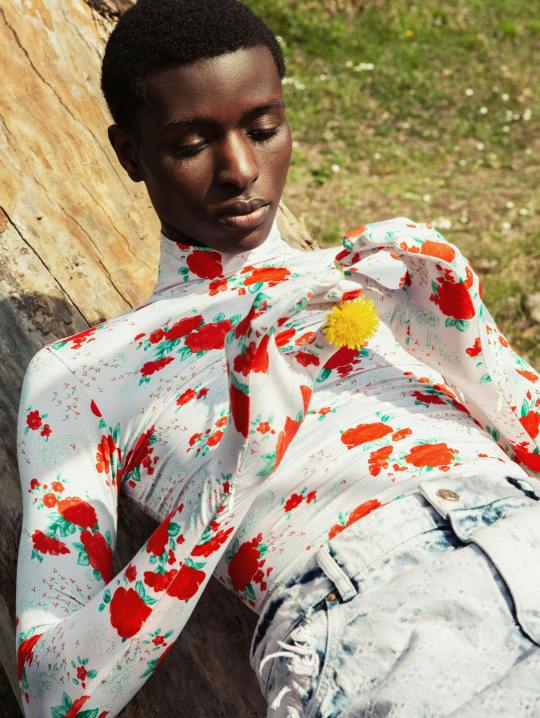
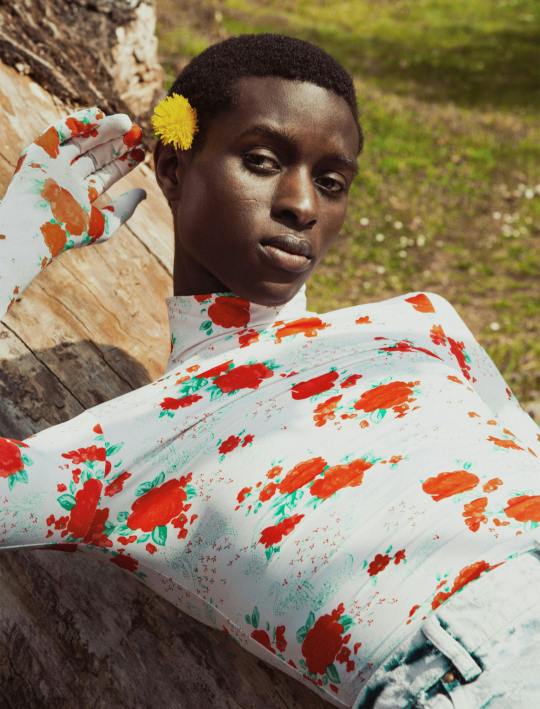
Oumar Goumballa by Eleonora Adani for L'Officiel Baltics Magazine May 2023
269 notes
·
View notes
Text
Oumar “Reug Reug” Kane KOs Mamadou “Boucher Ketchup” Kamara in the 1st
It’s so beautiful.
40 notes
·
View notes
Text

Sanou Oumar, 8/23/20, 2020, pen on paper board, 40 x 32".
Gordon Robichaux | 41 Union Square West, #925 & #907 (Enter at 22 East 17th Street) March 14, 2021 - April 25, 2021
48 notes
·
View notes
Text

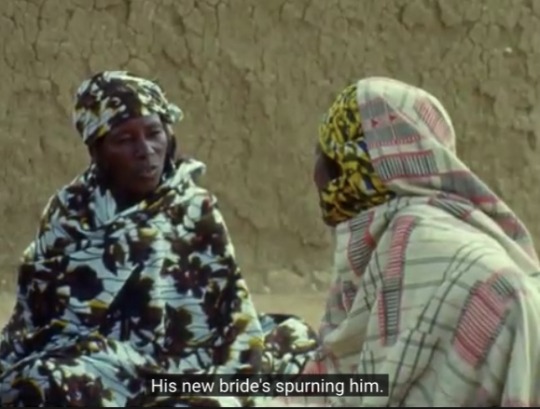
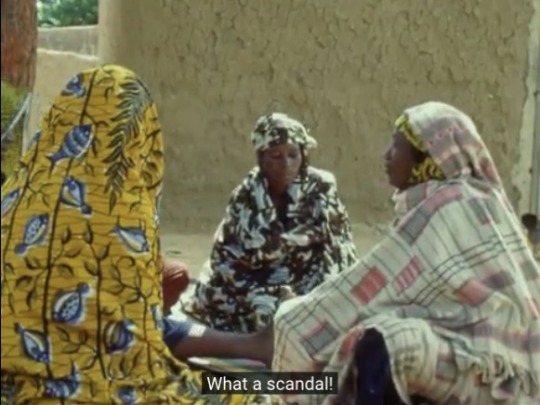

Le Wazzou polygame (1971) [dir: Oumarou Ganda]
4 notes
·
View notes
Text

50 notes
·
View notes
Text













Souleymane's Story (2024)
Dir. Boris Lojkine
#film#movie#drama#cinema#french#french cinema#french film#2024#2024 film#boris lojkine#souleymane's story#L'Histoire de Souleymane#abou sangare#nina meurisse#alpha oumar sow#paris#delivery driver#asylum seekers#fula#mandinka#francois#immigration#europe#cannes film festival#refugee
3 notes
·
View notes
Text
WHEN: August 21st, 2023 WHERE: Obsidian Central Station WHO: @whatisbloodworth
How had Eva been handling the last two months? Not well. Or, compared to most people, she was acting as though nothing had changed. That at any moment she didn't want to murder someone and change the trajectory of their family's lives. She was excellent in the act of compartmentalization, only in this instance, it was a minute-by-minute battle that took far more energy than she wished she had to expand.
On most days, she would avoid the train at all cost, thinking it to be rather dirty, and disgusting, and unreliable. But the fact that it was mostly underground made it the easiest form of transportation she when she was trying to travel without any issue. Life was like that now. Finding small ways to make everything fit her new modifications.
She had been speaking on her cell phone for the last thirty minutes, battling with the internet provider to make them fold in negotiations. Her eyes were scanning the crowd, something she managed to do far more quickly now than she had been when she was human. Those eyes snagged on a familiar face, taking the phone away from her ear, scowling at it, and simply hanging up before making her way over.
"Do you even own a cell phone?"

32 notes
·
View notes
Text

Banel & Adama (Banel e Adama), Ramata-Toulaye Sy (2023)
#Ramata Toulaye Sy#Khady Mane#Mamadou Diallo#Binta Racine Sy#Moussa Sow#Ndiabel Diallo#Oumar Samba Dia#Amadou Ndiaye#Amine Berrada#Bachar Khalifé#Vincent Tricon#2023#woman director
12 notes
·
View notes
Text
Review: Three Revolutionary Films by Ousmane Sembène on Criterion Blu-ray
Together, these films constitute a complex, interlocking portrait of Senegal’s past and present.
by Derek Smith May 30, 2024

Where Ousmane Sembène’s first two films, 1966’s Black Girl and 1968’s Mandabi, each focus on myriad struggles faced by an individual during Senegal’s early post-colonial years, his follow-up, Emitai, takes a more expansive view of the effects of colonialism two decades earlier. Centering on the defiance of a Diola tribe during World War II, 1971’s Emitai sacrifices none of the immediacy and urgency of Black Girl and Mandabi. Indeed, the film is perhaps an even more damning and incisive take-down of French colonial rule.
Painting a concise and pointed portrait of oppression in broad, revolutionary strokes, Emitai exposes the modern form of slavery that was France’s conscription of Senegalese men to fight on the deadliest frontlines of European battlegrounds. The film simultaneously details the meticulous taxation methods the French employed during this period, which, in attempting to seize a majority of tribes’ rice supply to feed their troops, is tantamount to starvation warfare.
Sembène, however, is less interested in the methodologies of the oppressor than in the unwavering, often silent protest of the Diola people, especially women, in the face of forces that threaten to wipe out the rituals and traditions that define them. In depicting the tribe’s refusal to turn over their rice not as a means to avoid starvation but as a matter of preserving the central value rice has in their cultural heritage, Sembène adds new dimensions to the conflict and complexity to the resistance of the villagers. The inevitable tragedy that concludes the film is quite the gut-punch, but in counterbalancing it with the rebellious enacting of funereal rites by the village women, Emitai becomes equal parts an indictment of colonial violence and a celebration of resilience and self-empowerment through revolutionary means.
In 1975’s Xala, Sembène presents a searing, often hilarious satire of the greed, corruption, and impotence of the new Senegalese governmental leadership following the eradication of French colonial rule. In the opening scene, we see government officials throw out the current French leaders and proudly proclaim that Africa will take back what’s theirs. This moment of triumph, which includes the removal of statues and busts of various French leaders, is swiftly undercut when the Senegalese officials each open a briefcase packed to the brim with 500 Franc bills.
This sequence, laden with anger and biting humor, is indicative of Xala’s absurdist, comedic tone. And as the film shifts its focus to one corrupt official in particular, El Hadji (Thierno Leye), who upon marrying his third wife is cursed with impotence, its satire becomes more metaphorical than direct. Sembène uses El Hadji’s gradual downfall to reflect the moral and political failings of the entire bourgeois class that came into power under the government of President Léopold Sédar Senghor. Through Sembène’s sly, cutting use of irony, claims of modernity and equality under a new “revolutionary socialism” are revealed to be empty promises, barely concealing the anti-feminist and pro-capitalist motives lurking behind them.
Sembène’s critique of a supposedly freed Senegal is intensely savage when it comes to unveiling the hypocrisies of a patriarchal leadership that betrayed the trust of the people it was supposed to aid and protect. Building to a conclusion that’s as funny and gratifying as it is pitiful and physically revolting, Xala captures the continuing repercussions of colonialism and how the forced delusions of a nation would leave its people perversely feeding on one another.
With 1977’s Ceddo, set in Senegal’s distant pre-colonial past, Sembène follows the conflicts between a growing Islamist faction of a once animistic tribe and the Ceddo, or outsiders, who refuse to convert and give up their animistic rituals and beliefs. This is certainly the most didactic entry in this set, but it’s enlivened by the sheer precision of its dialectical oppositions, through which the many hypocrisies of religious fundamentalism and colonization are laid bare.
Ceddo also reveals the complex intersectionality of religions and cultures that were at play in Senegal long before its colonization. Along with the Muslims, who were attempting to seize political power through religious conversions, white Christians and Catholics are present in the form of priests, missionaries, gun runners, and slave traders. The latter are silent through much of the film, but their presence—much like the white French adviser who remains in constant contact with the Senegalese politicians in Xala—speaks to the monumental power and influence whites held in Senegal even before colonialist rulers took over.
While the film’s subject is historical, Sembène draws clear parallels between the past and the post-colonial present of 1977, with the condescending paternalism of the Muslims, particularly the power-hungry imam played by Alioune Fall, mirroring that of the colonialist French. And rather than using traditional Senegalese music, Sembène employed Cameroonian musician Manu Dibango to compose a jazz-funk score that even further connects the events in Ceddo to the time of its release in the late ’70s. For whenever Sembène sets his film, he’s steadfast in his mission to draw meaningful correlations between Senegal’s past and present—each equally integral to the story of the country he loved and helped to define.
Image/Sound
All three transfers come from new 4K digital restorations and they, by and large, look terrific, with vibrant colors and rich details, especially in the costumes and extreme close-ups of faces. There are some shots where the grain is chunkier and the image isn’t quite as sharp, and the Ceddo transfer shows some noticeable signs of damage in several different scenes, but these are mostly minor, non-distracting imperfections. The mono audio track bears the limitations of the production conditions, so some of the dialogue in interior scenes is a bit echoey though still fairly clear. Meanwhile, the music comes through with a surprising robustness.
Extras
A new conversation between Mahen Bonetti, founder and executive director of the African Film Festival, and writer Amy Sall covers a lot of ground in 40 minutes. The two discuss Ousmane Sembène’s early career and discovery in the West before delving into his use of cinema as “a liberatory force” and his sly, caustic use of irony. The only other extra on the disc is a 1981 short documentary by Paulin Soumanou Vieyra in which Sembène espouses much of his philosophy of filmmaking, particularly the importance of understanding history and political complexities of the society one chooses to depict. (Amusingly, Sembène’s wife casually insults American moviegoers, as well as complains about her husband putting film before family.) The stunningly designed package also comes with a 26-page bound booklet containing an essay by film scholar Yasmina Rice, who touches on Sembène’s humor, feminism, and politically charged subjects, while forcefully pushing back against the notion that the director wasn’t much of a formalist.
Overall
These Ousmane Sembène films from 1970s brim with a revolutionary passion and, together, constitute a complex, interlocking portrait of Senegal’s past and present.
Score
⭐️⭐️⭐️⭐️⭐️
Cast
Andongo Diabon, Michel Renaudeau, Robert Fontaine, Ousmane Camara, Ibou Camara, Abdoulaye Diallo, Alphonse Diatta, Pierre Blanchard, Cherif Tamba, Fode Cambay, Etienne Mané, Joseph Diatta, Dji Niassebaron , Antio Bassene, M’Bissine Thérèse Diop, Thierno Leye, Seune Samb, Younouss Seye, Miriam Niang, Fatim Diagne, Dieynaba Niang, Makhourédia Guèye, Tabara Ndiaye, Alioune Fall, Moustapha Yade, Mamadou N’Diaye Diagne, Nar Sene, Mamadou Dioum, Oumar Gueye.
#Andongo Diabon#Michel Renaudeau#Robert Fontaine#Ousmane Camara#Ibou Camara#Abdoulaye Diallo#Alphonse Diatta#Pierre Blanchard#Cherif Tamba#Fode Cambay#Etienne Mané#Joseph Diatta#Dji Niassebaron#Antio Bassene#M’Bissine Thérèse Diop#Thierno Leye#Seune Samb#Younouss Seye#Miriam Niang#Fatim Diagne#Dieynaba Niang#Makhourédia Guèye#Tabara Ndiaye#Alioune Fall#Moustapha Yade#Mamadou N’Diaye Diagne#Nar Sene#Mamadou Dioum#Oumar Gueye#The Criterion Collection
2 notes
·
View notes
Text

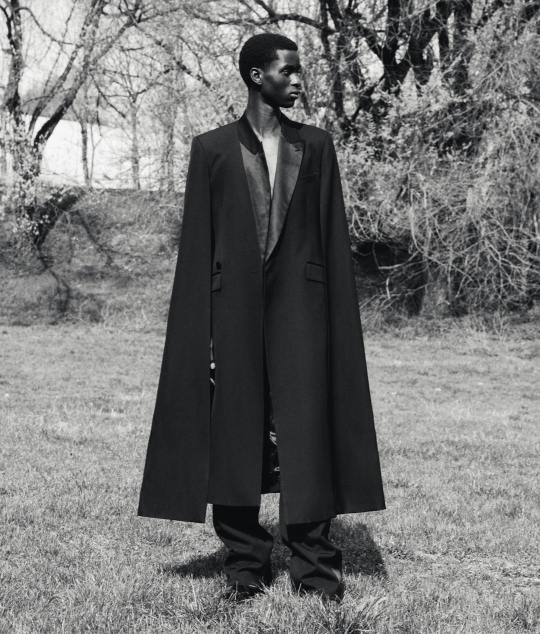

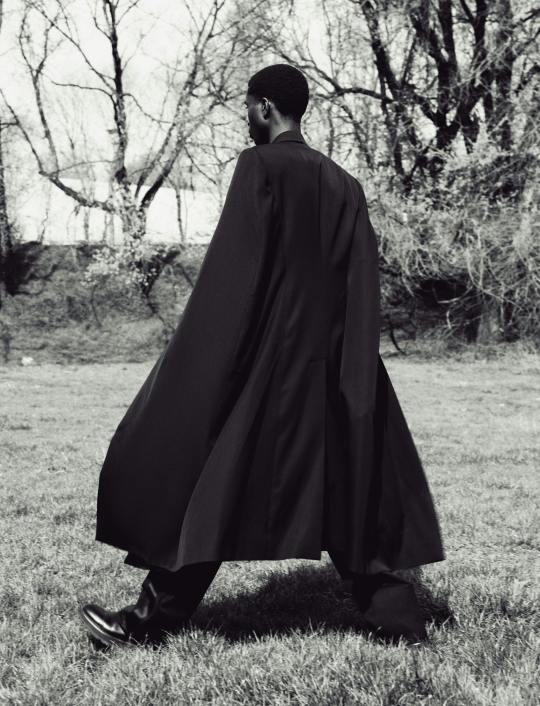
Oumar Goumballa by Eleonora Adani for L'Officiel Baltics Magazine May 2023
111 notes
·
View notes
Text

A new era has begun!
Reug Reug!!!!
12 notes
·
View notes
Text
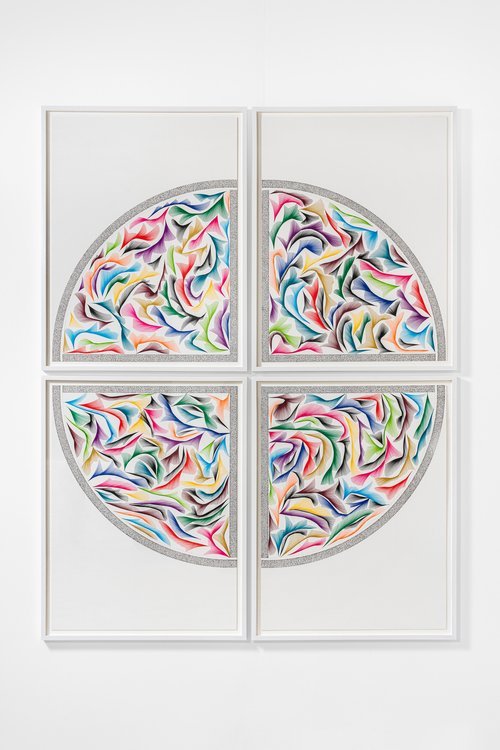
Sanou Oumar
7/10/19
2019
Pen on paper board
223.5 x 172.7 cm / 88 x 68 in (4 parts each 109.2 x 83.8 x 3.8 cm / 43 x 33 x 1.5 in, framed)
18 notes
·
View notes
